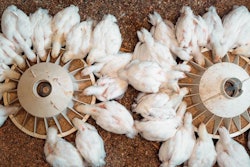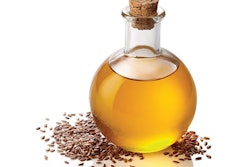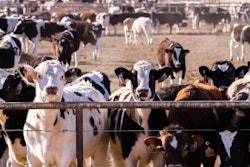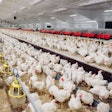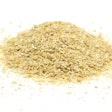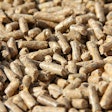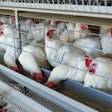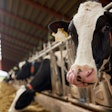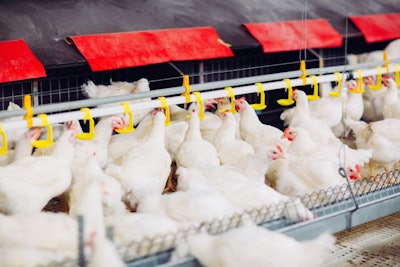
In one study, when birds were offered feeds with more or less energy compared with a normal diet, they did not eat less or more feed, respectively.
In 1947, using rats, and later pigs and poultry, it was discovered and verified that monogastric animals “eat for calories.” That is, they regulate their feed intake to ensure they consume the right amount of energy to cover their daily requirements. So, with low-energy feeds, they will increase their feed intake, whereas with high-energy feeds, they will decrease their feed intake.
This was true for moderate deviations from what would be considered a normal feed with an acceptable energy concentration. For example, dilution of energy by 50% in one experiment, caused broilers to increase their feed intake only by 25%, leaving them thus undernourished. Equally, when feeds are grossly concentrated in energy, birds will over-consume energy. This results from an inability to fill their gut with enough feed, in the first case, or the need to have sufficient gut fill, in the second one. Nevertheless, such extremes are not practical, and most feed professionals make only moderate adjustments to energy (and consequently to all other nutrients as a constant ratio to energy) based on cost per unit of energy.
It has been speculated for some time, based on a relatively recent trial (2019), that modern genetics of broilers may have lost their ability to compensate up or down when it comes to even moderate changes to dietary energy concentration. In the table below, it is clear that when birds were offered feeds with more or less energy compared with a normal diet, they did not eat less or more feed, respectively. They ate the same amount of feed and that markedly affected their performance and carcass characteristics. This is disconcerting because genetic progress in broilers has not stopped. If that trend remains, then nutrition professionals will lose a considerable tool in feed formulation practice. Similar trials with pigs verify this trend, but to a lesser extent – perhaps because of lower genetic selection pressure.
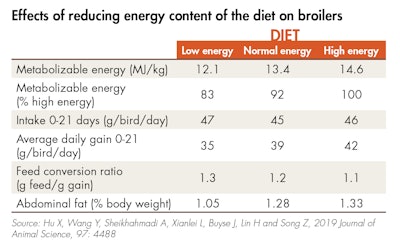
A 2019 study looked at the effects of reducing the energy content of the diet of the feed intake, growth and body composition of broilers selected for high growth rates. (McDonald et al., 2022 Animal Nutrition. Eighth edition, Pearson, IJk)
The question then becomes one of what we should do when faced with such a development. Clearly, each farm needs to know how its chosen genetic stock perform under different feeding regimes and also define their performance goals (growth versus efficiency, or carcass characteristics, or a profit index based on these and other measures). Luckily, the concentration in genetic houses has limited the availability of genetic choices, and this might be enough of an incentive to large poultry integrators to run their own in-house experiments. Using generalized data should not be considered as the final decision-making point, but only the very first step in establishing custom-made nutrition programs.


